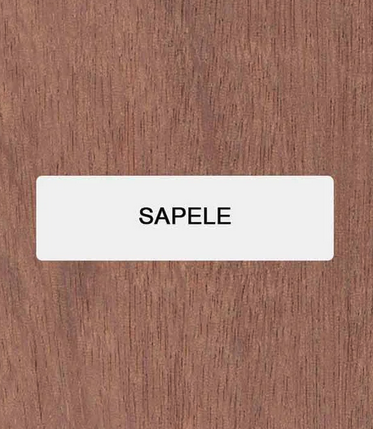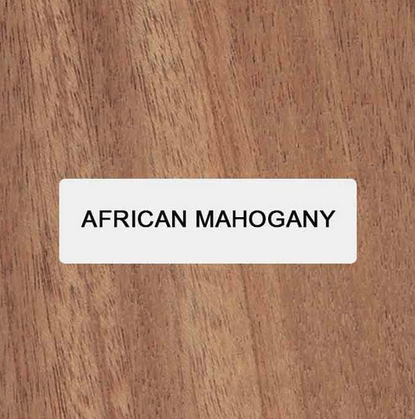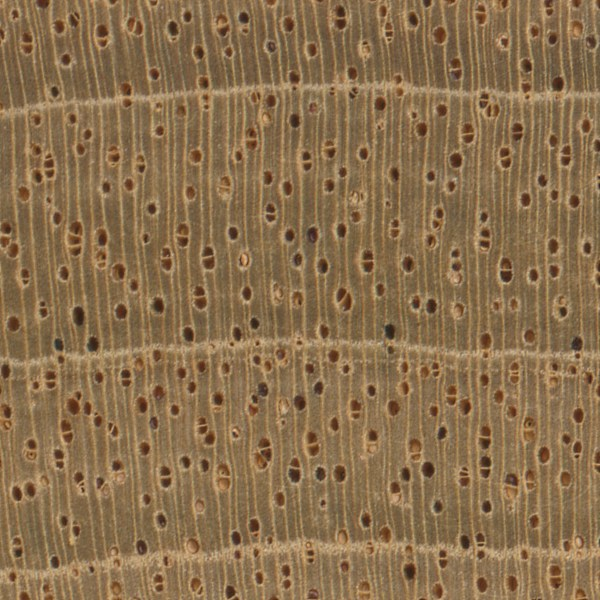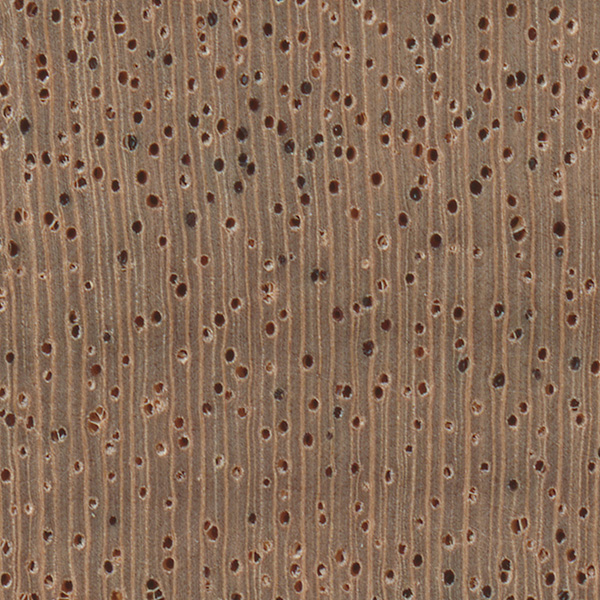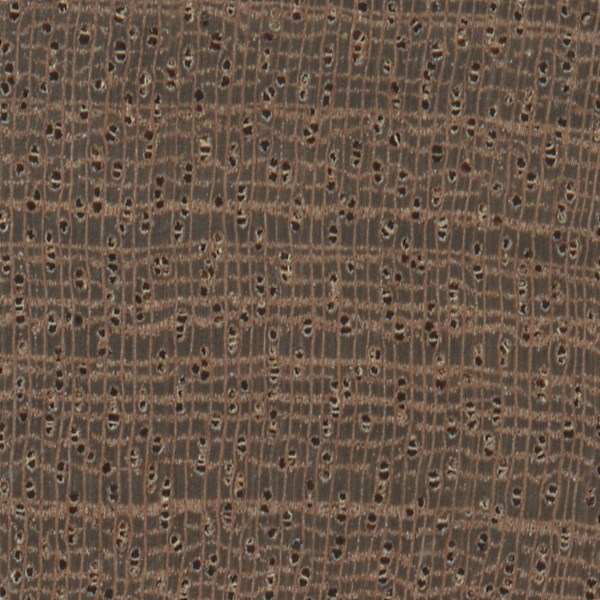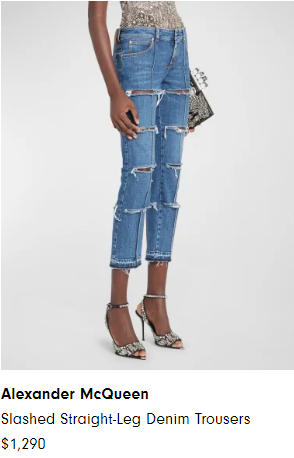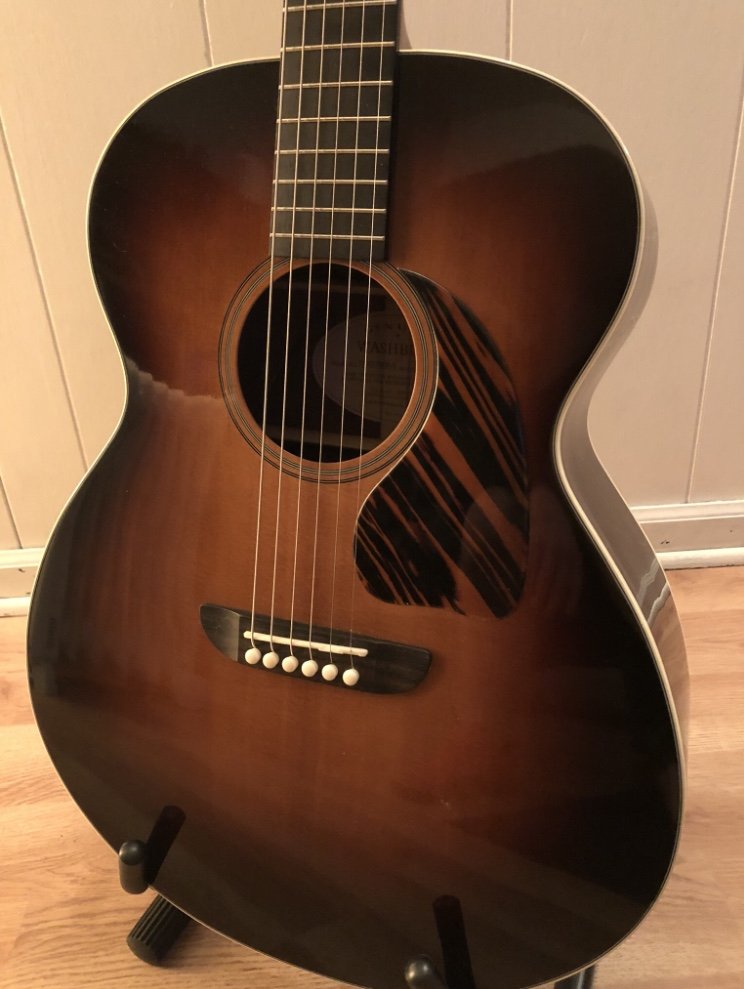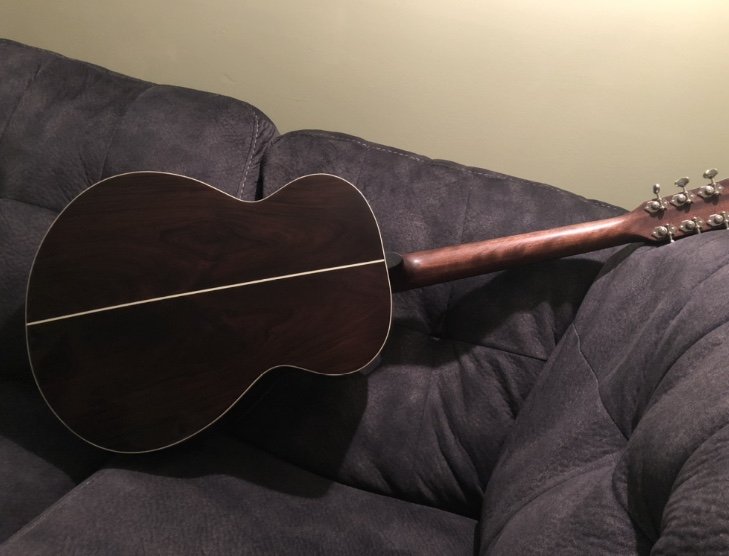I hope you guys aren't cynical about this. I don't really see this whole thing as dishonest, do you? I mean, it is what it is. Back in the '60s, a "rosewood" guitar might've been Brazilian, for example, but nowadays no way.
It used to bug me when the GAD/100-series MIC guitars were calling their bodies mahogany when it clearly wasn't Honduran... Truly I don't know what they used, and that's what kind of bugged me. If they'd said it was African mahogany or even Sapele (which is what I suspect they were using) I would've felt better about it. But, the MIC guitars are what kept Guild alive for several years while the market tanked out.
I think if you're looking for total "honesty" about the wood, you will get that from the individual luthier shops who are featuring all kinds of alternate woods. These guys are where the true innovation (or at least promulgation) of the woods comes from.
A
And, the big makers, even Martin, have to be very careful about alienating their traditional customers and not confusing them.

